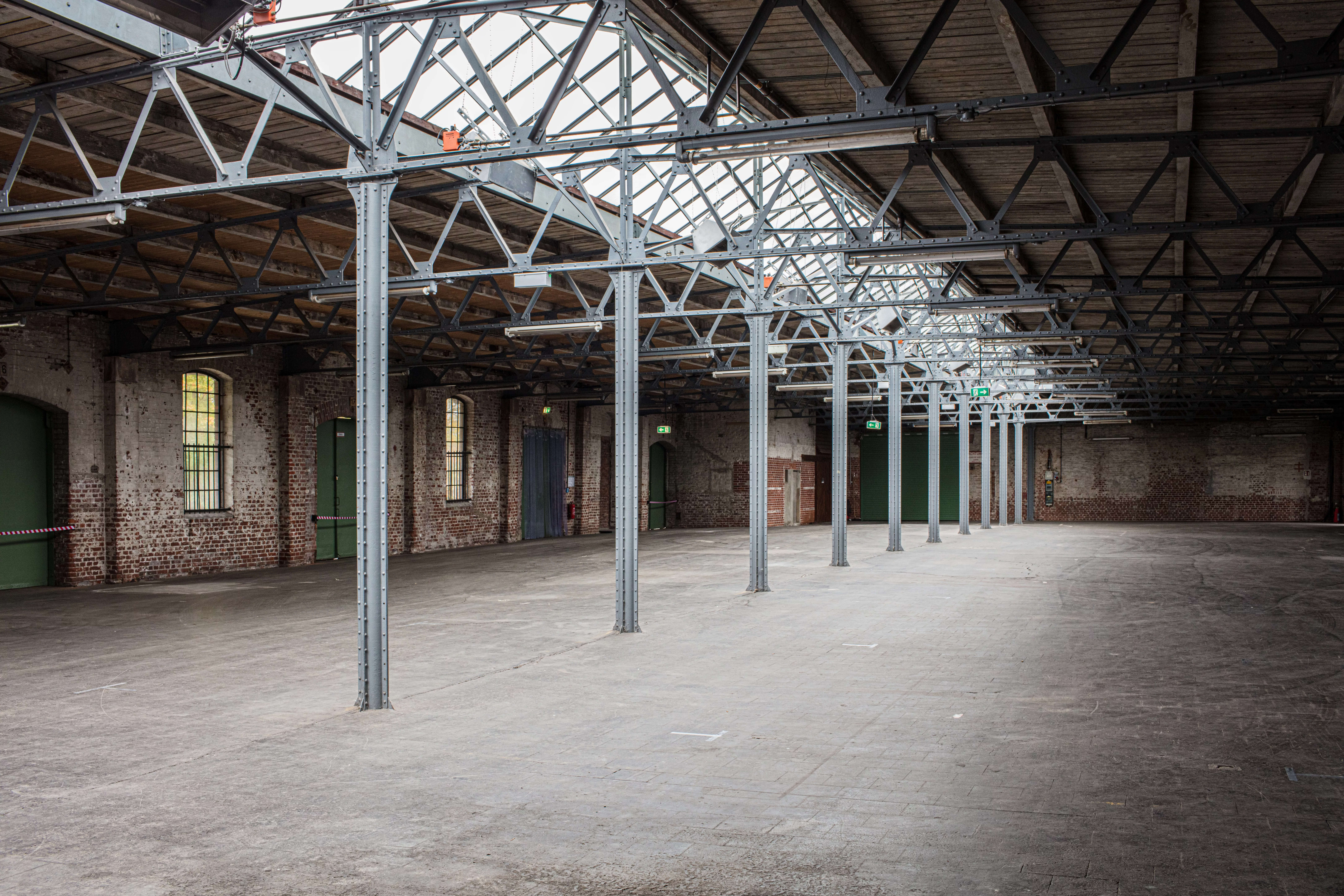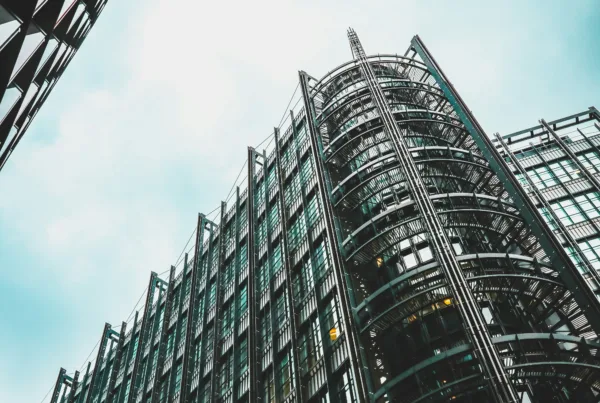It is a little known fact that commercial property owners can claim thousands of pounds in tax relief from their property in the form of Embedded Capital Allowances. Embedded items are inherent in the property, and much to some people’s surprise, range from air conditioning and security systems to kitchen and toilet fittings, which means there can be a lot of tax relief on a great deal of items.
David Martin, owner of Arctic Spas, explains his surprise in finding that he could claim:
“I couldn’t believe that my accountant didn’t do this, and when I found out, I was able to claim back a substantial amount of tax benefits. It turned out that all I needed was a specialist team to identify certain embedded items.”
It is estimated that nearly 80% of these allowances are yet to be claimed, which means there are many commercial property owners unnecessarily missing out on substantial tax refunds due to the complexity of the subject. Claiming these allowances is supported by HMRC who recently said:
“You can claim Capital Allowances on items that you keep to use in your business- these are known as ‘plant and machinery’. In most cases, you can deduct the full cost of these items from your profits before tax.”
Allan Mannion, Business Development Director at Capital Allowance specialists Headley Meredith Associates explains:
“One of the strangest aspects of this subject is that whilst the commercial property a business or individual owns is quite likely to be their highest single expense, they are rarely aware of the opportunity for tax relief that comes with it.
In the case of commercial property, you need a specialist team to determine the qualifying items embedded in the property, an understanding of how to use complex HMRC formula and an understanding of the complex tax rules. All of those skills can be applied by a Capital Allowance expert.”
The amount that can be claimed would surprise some, for example, the typical claim would be around 25% of the original purchase value of the property, which represents £125k of allowances in a £500k property.



